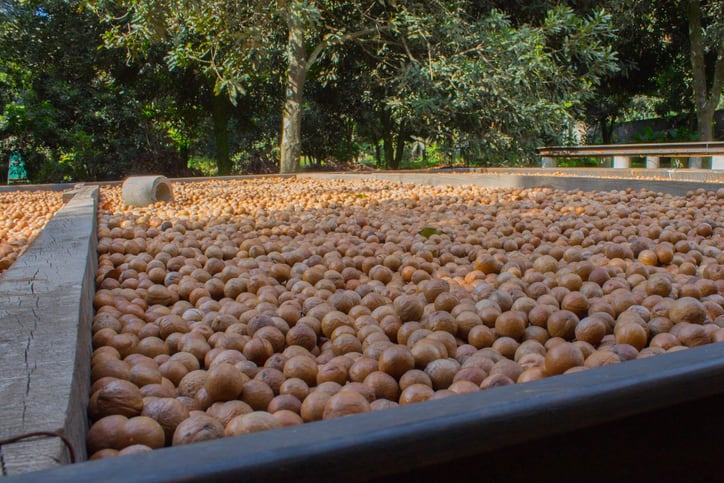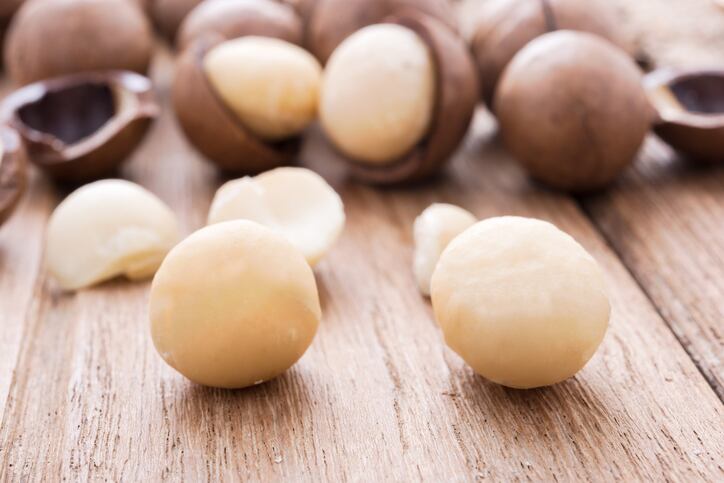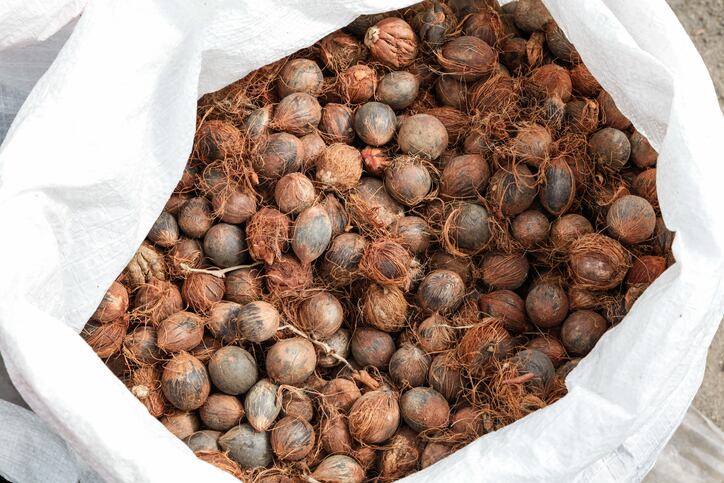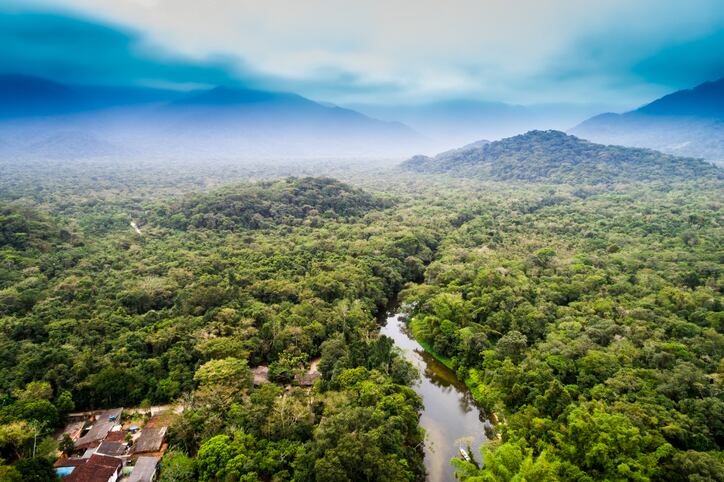“Nuts, chestnuts, and dried fruits are delicious, nutritious and tailor-made for the healthy and functional food market, which is growing at a rapid pace worldwide - 12.3% a year on average, according to Euromonitor – but [they] do not have the market they deserve in Brazil,” wrote Embrapa, the agricultural research branch of Brazil’s Ministry of Agriculture, Livestock and Food, in an online post.
“While Chile's export volume, for example, has grown six-fold in 10 years between 2007 and 2017), Brazil's stagnated at approximately US$200 million,” it added.
Embrapa has been meeting with stakeholders from the Brazilian nut industry to kickstart production, consumption, and research in the area. One of the stakeholders Embrapa is working with is José Eduardo Camargo, president of ABNC, the newly formed Brazilian Association of Nuts, Chestnuts and Dried Fruit, and CEO of QueenNut, a vertically integrated macadamia company.
“We founded this association last year to work together with the idea of increasing nut production and consumption in Brazil, investing in research for new varieties and to improve the quality, and having more organic production,” Camargo told FoodNavigator-LATAM.
Camargo's ties with the food industry go back to the sugarcane and ethanol plant his family founded around 80 years. On a trip to Hawaii, however, he noticed farmers pulling up sugar cane and planting macadamia trees in its place. Camargo brought the idea back to Brazil and, in 1989, planted the first macadamia trees on the family farm.
Since then, São Paulo-headquartered QueenNut has become the largest producer and processor of macadamia nuts in Brazil. It has 400 hectares on which it produces around 1,000 tons each year. It also buys another thousand tons from 25 suppliers. Together, this accounts for one-third of Brazilian production.
(Last year, Brazil produced a total of around 6,200 tons of macadamias in-shell, which represented 3% of global production.)
Cracking open new opportunities

“Nuts give new opportunities for agri-business because they allow farmers to diversify and they also have a high return on investment," Camargo said.
However, the sector faces two main challenges, he said.
The first is convincing farmers to start growing nuts.
“It’s challenging because if you plant soy, you can harvest in four months. With sugar, you can harvest after one year and with coffee, you can harvest in two. But macadamia trees take about four or five years to begin producing nuts and the return on investment takes around eight to 10 years.”
The other challenge is on the consumer side: convincing manufacturers, retailers, and consumers of the benefits of nuts.
According to Eduardo Camargo, nuts, on the whole, have a positive reputation in Brazil where cashew nuts and Brazil nuts, native to the Amazon rainforest, have been enjoyed for years. Pecans are also grown in Brazil.
Baru nuts, also native to Brazil, are also emerging as an on-trend nut and have been the subject of Embrapa research, although volumes are still small.
“Nuts are a practical food, you can put them in your pocket and eat them anywhere, when driving or working.”
A healthy and indulgent ingredient
Macadamias, meanwhile, can be positioned as both a healthy snack and an indulgent ingredient in desserts or baked goods, said Camargo.
They are a source of healthy fats, containing 76 g fat per 100 g, of which 59 g are monounsaturated; 11 g are saturated and 1.5 g polyunsaturated, according to the US National Nutrition Database.
Beatriz Egreja Camargo is sales and marketing manager for Green & Gold Macadamias, an Australia-headquartered macadamia processing company, and the daughter of Jose Eduardo Camargo.
“On the market side, Brazil is already the sixth or seventh biggest consumer of macadamias," she said. "The next challenge is to increase promotion of macadamias' value-added capability as an innovative, healthy and indulgent product for the food ingredients sector.”
One of the major drawbacks, however, is the price. Macadamias are the second most expensive nut after pine nuts. But a high price can also mean a high profit.
"There is no other product with the profitability of macadamia," Camargo told Embrapa representatives and Eduardo Weisberg, president of the Brazilian ice cream and sorbet trade association, ABIS, at a meeting last month.
In a nutshell
Native to Australia, macadamia trees have an average height of around 11 meters and begin producing commercial quantities of nuts after around six years.
Peak maturity occurs when the tree is around 15 years old, and each tree can produce between 12 and 20 kg of fruit annually.
Its relatively slow maturity and high processing costs (around 70% of the fruit is shell and peel) contributes to macadamias' high price.
Major producer countries are Australia, Hawaii, South Africa, and Kenya.
Source: Tribeca
Research priorities
In the past decade, Embrapa has been involved in 51 research projects focused on nuts, mostly for cashew nuts and Brazil nuts (also known as pará in Brazil).
As of this month (March 2019), its research budget is now available through partnerships with the production sector, a decentralized structure that Embrapa says will streamline research.
Investing in agronomy research is important for the macadamia sector in Brazil if it is to avoid the problem faced by the cashew industry, Camargo said.
“At one time, Brazil accounted for 23% of world cashew nut production but now it is only around 3%," he said. "This changed because of drought; [the sector] should have modernized but it did not develop the right varieties that can tolerate drought.”
Developing organic nut production is also a priority for ABNC.
“We are still very dependent on chemical pesticides in Brazil," Camargo told Embrapa last month.
Between 30 and 50% of QueenNut’s production is for the domestic Brazilian market, depending on the year, with the rest exported to the US, Europe, and Asia.



